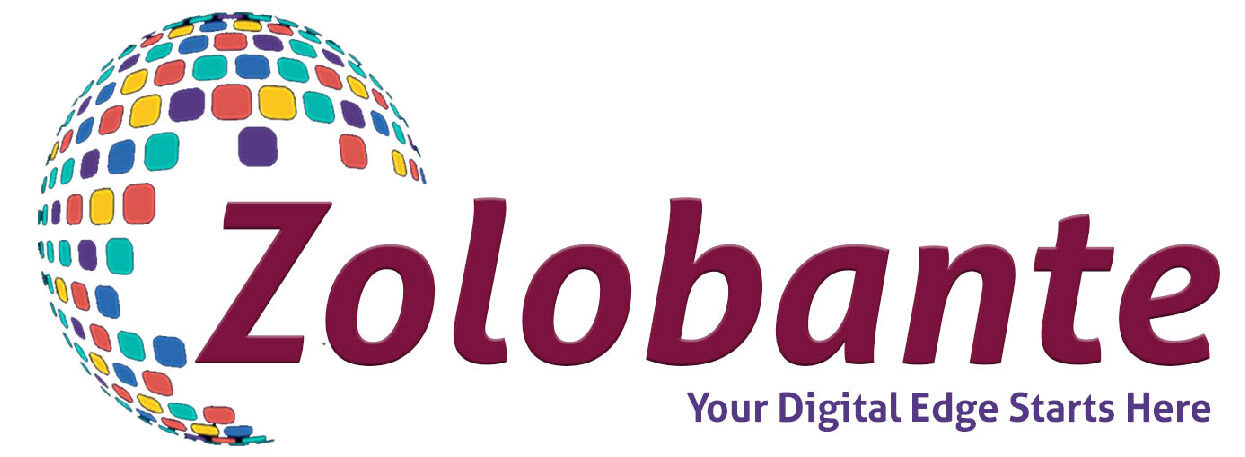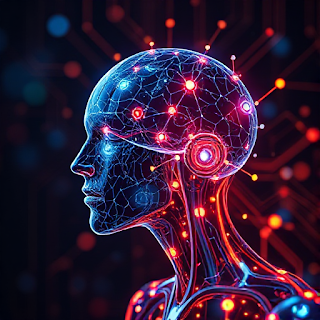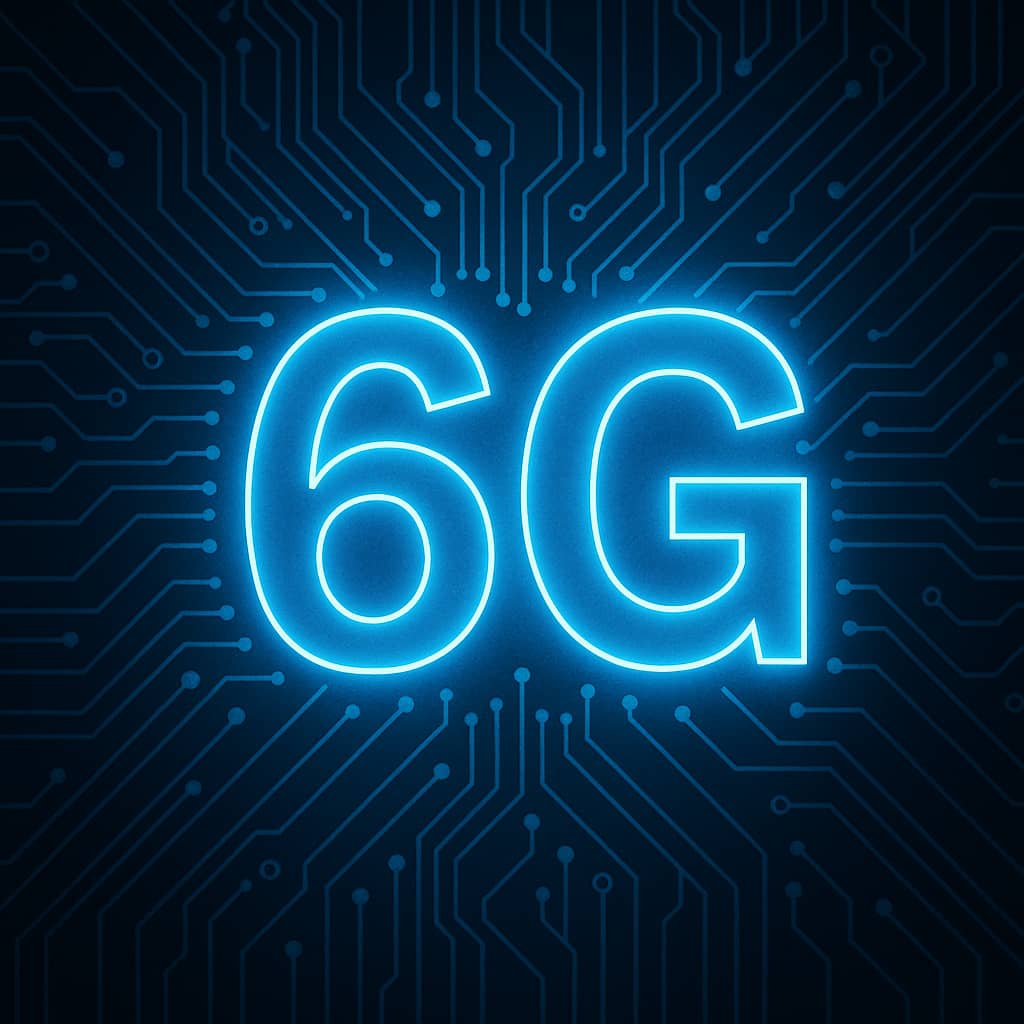As we forge deeper into the age of artificial intelligence (AI), the interplay between cybersecurity and AI is becoming more complex, powerful, and crucial than ever. With AI driving transformation across nearly every industry, it’s also becoming a double-edged sword — enhancing our ability to defend digital systems while also giving rise to new, sophisticated threats.
So, what lies ahead? Let’s explore the next chapter of cybersecurity in an AI-driven world.
1. AI as the New Cybersecurity Shield
AI is already being used to improve threat detection, incident response, and predictive analysis. In the coming years, AI-powered cybersecurity systems will become more autonomous, capable of:
Real-time threat hunting: AI can continuously scan networks for anomalies, reducing response times from hours to seconds.
Behavioral analytics: Systems will analyze user behavior to flag suspicious activity, even before malware is identified.
Automated responses: AI will enable automatic countermeasures, such as isolating infected systems or blocking malicious IPs.
In essence, AI will not just assist security teams — it will become a proactive participant in cybersecurity operations.
2. The Rise of AI-Powered Attacks
While AI strengthens defenses, cybercriminals are also leveraging it. We’re entering an era where:
Deepfake scams will become more convincing and harder to detect.
AI-generated phishing emails will mimic real communication patterns with chilling accuracy.
Malware with learning capabilities will adapt to different environments, making it more evasive.
As attackers become more sophisticated, defense mechanisms must not only match but stay one step ahead.
3. Quantum Computing and Post-Quantum Cryptography
Quantum computing, though still in its early stages, threatens to break existing encryption models. The cybersecurity world must prepare for:
Post-quantum encryption algorithms that can withstand quantum attacks.
Global standards from organizations like NIST that redefine secure communication protocols.
AI may play a key role in accelerating the transition to these new cryptographic systems.
4. Ethical AI and Secure Design
As AI becomes central to critical infrastructure — healthcare, finance, transport — there’s a growing call for ethical and secure AI systems. The future of cybersecurity will emphasize:
AI transparency: Understanding how decisions are made to avoid bias or unintended consequences.
Secure AI models: Ensuring that machine learning models cannot be tampered with, poisoned, or misused.
Governance frameworks: Regulations guiding AI deployment, data usage, and accountability.
Cybersecurity will no longer be about defending systems, but defending intelligence.
5. Cybersecurity Skills and AI Literacy
With this evolution comes a demand for hybrid professionals — cybersecurity experts who understand AI and AI developers who understand security. Organizations must invest in:
Cross-disciplinary education
Reskilling programs
Cybersecurity and AI ethics training
The future workforce must be prepared not just for current threats, but for those yet to emerge.
6. Trust as the Ultimate Asset
In a world where deepfakes, misinformation, and synthetic identities can cause real damage, digital trust becomes a currency. Cybersecurity’s next frontier will focus on:
Identity verification systems
Zero trust architecture
Data provenance and authenticity tracking
AI will assist in validating truth in a landscape flooded with information manipulation.
Conclusion: A New Cyber Era Begins
The convergence of AI and cybersecurity is not a threat, but an opportunity — to rethink how we defend digital assets, how we design systems, and how we protect society. The organizations that will thrive are those that invest now in AI-driven security, ethical frameworks, and adaptive strategies for the unknown challenges ahead.
In this next phase, cybersecurity will not just be a protective measure — it will be a strategic enabler of innovation, trust, and resilience in the AI age.




